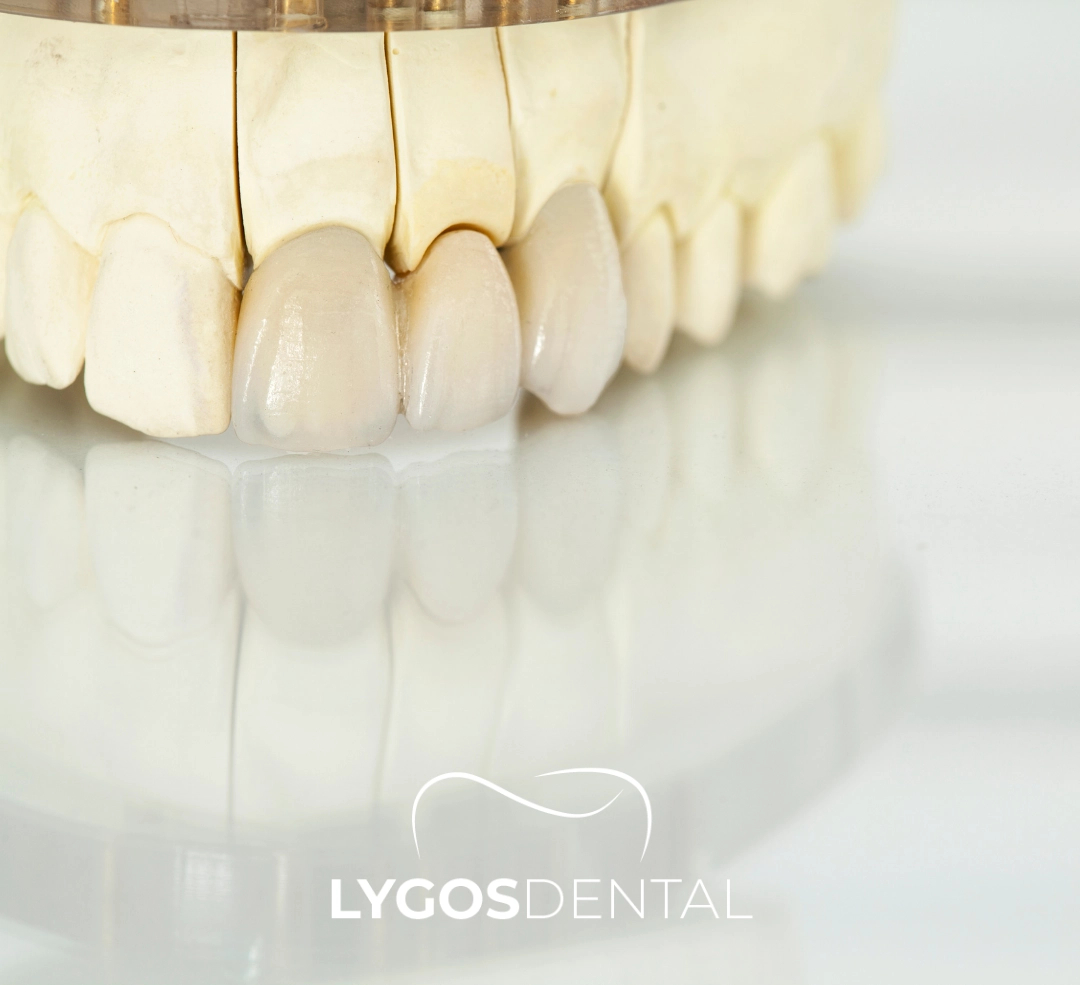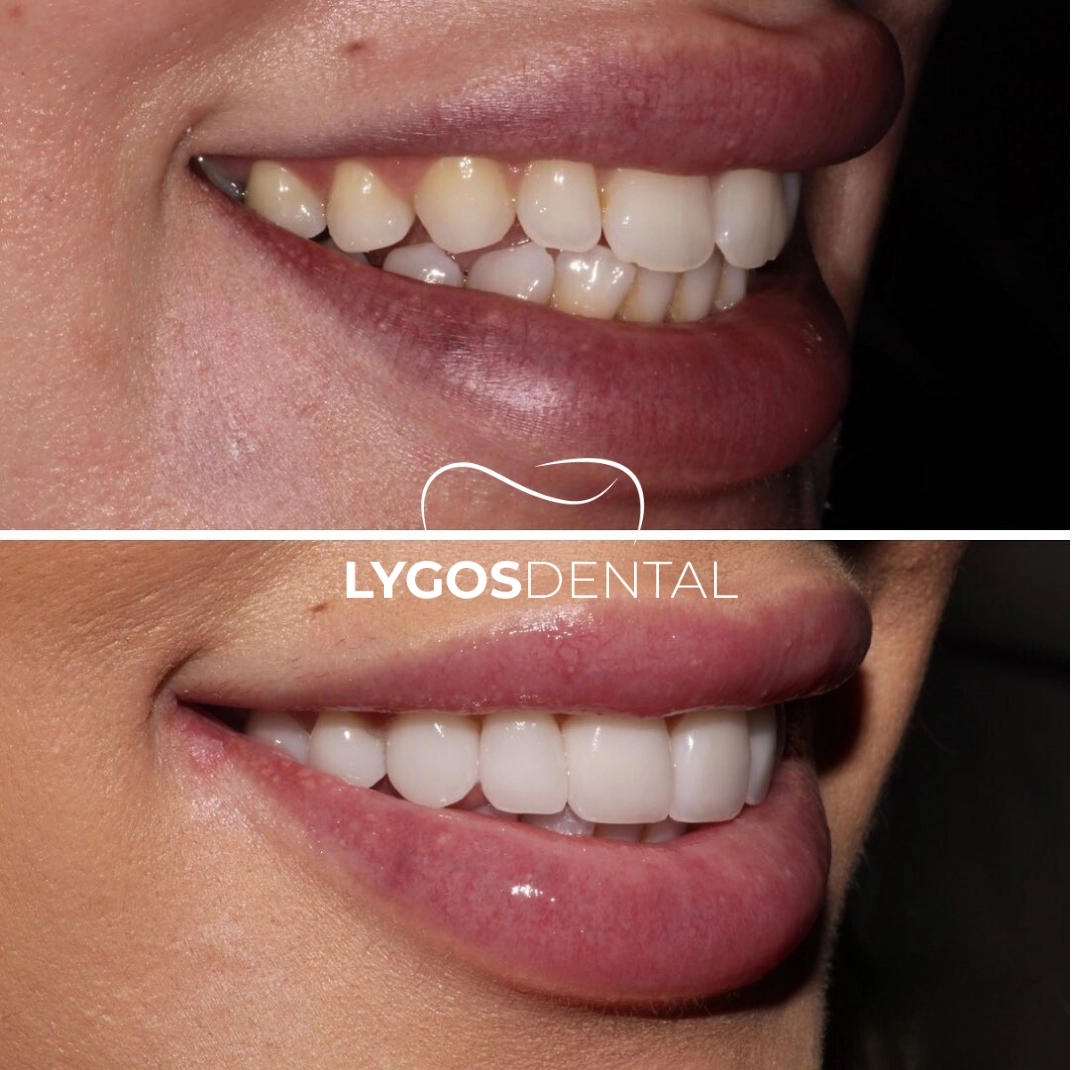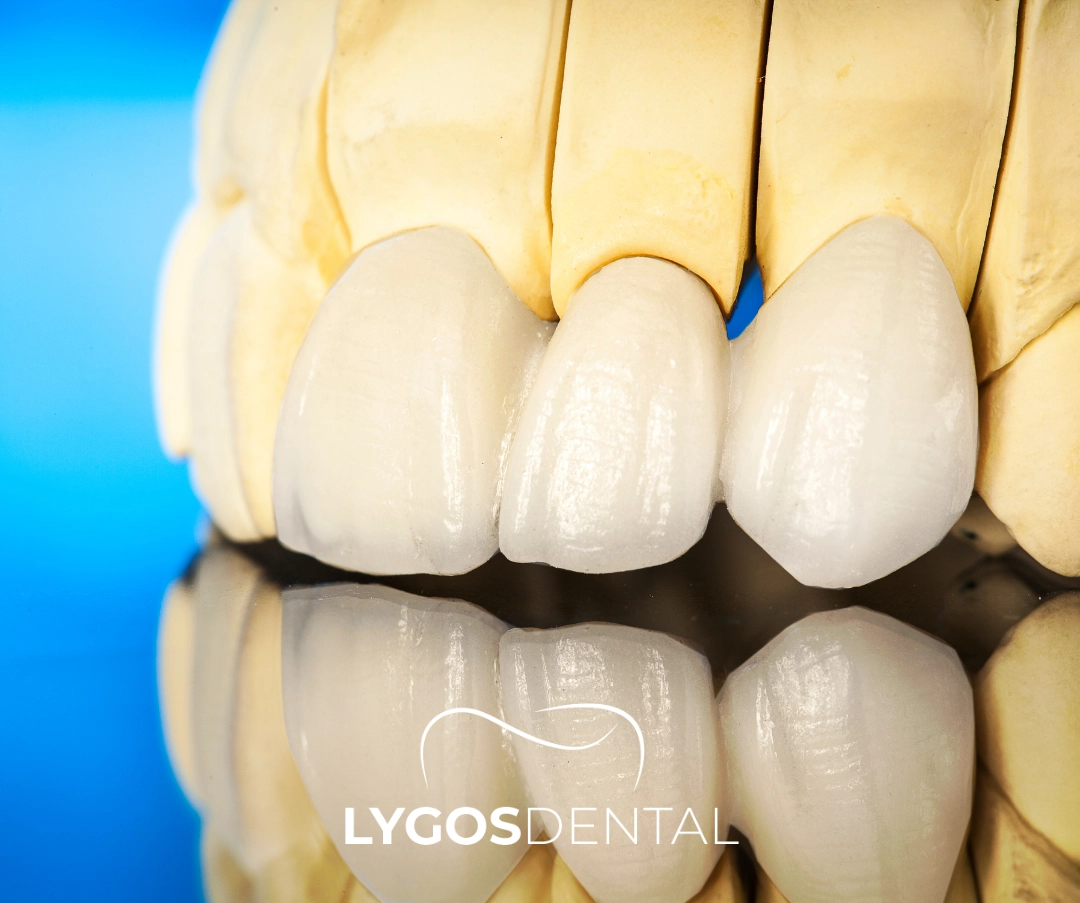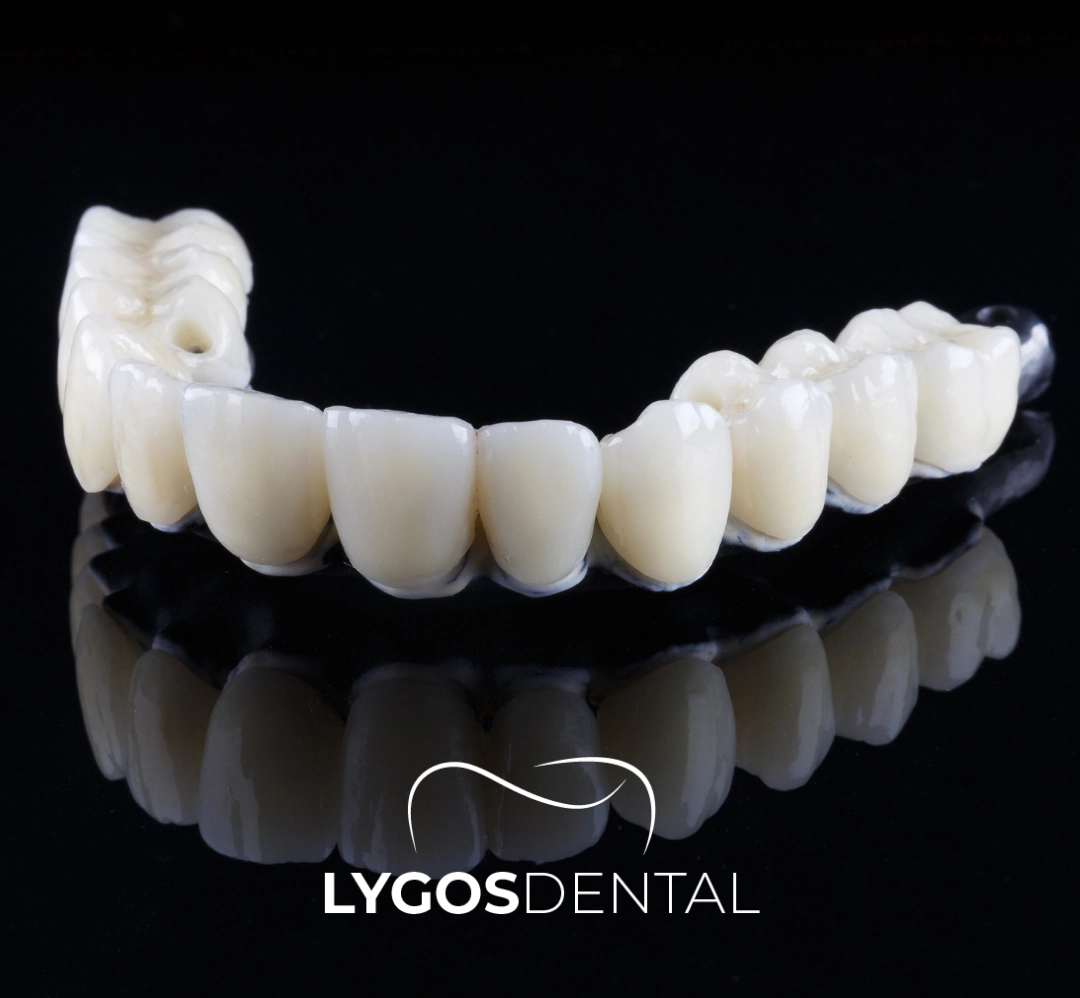Night Toothache Relief: Easy Drug-Free Solutions That Actually Help
So, how does tooth loss affect speech? In this article, we will examine in detail the effects of tooth loss…
By placing a crown, dentists can enhance both the function and appearance of the affected tooth, helping to maintain the overall integrity of a patient’s smile. The crown placement process typically involves several visits to the dental office. In the first consultation, the dentist performs a comprehensive examination of the affected tooth, often utilizing X-rays to evaluate its health and identify the best treatment options available. The goal is to ensure that the tooth can support a crown and to discuss potential materials that will provide the best aesthetic and functional outcomes.
Choose Your Topics
Full ceramic crowns are an advanced type of dental restoration that is entirely composed of ceramic materials. This design allows for a highly aesthetic outcome, making them particularly popular for front teeth where appearance is paramount.
Full ceramic crowns closely replicate the natural translucency and hue of real teeth, making them an excellent option for enhancing a patient’s smile. Utilizing cutting-edge technology, these crowns are designed to not only look lifelike but also provide a comfortable and secure fit. A major advantage of full ceramic crowns lies in their biocompatibility, ensuring they are easily accepted by the body.
These crowns do not contain any metal, significantly reducing the likelihood of allergic reactions in patients sensitive to metal materials. Furthermore, the absence of metal prevents unsightly dark lines from forming at the gum line, which can occur with other types of crowns. However, while full ceramic crowns are aesthetically pleasing, they may be less durable than some metal-based options, which is a consideration for dentists and patients alike when selecting the appropriate crown.

At the initial visit, the dentist carries out a detailed examination of the affected tooth. This includes discussing the patient's dental history and the reasons for needing a crown. X-rays are often taken to assess the tooth’s condition and determine if any additional treatment, like a root canal, is necessary. The dentist will further explain the various types of crowns available, helping the patient select the best option tailored to their specific needs.
After the treatment plan is finalized, the dentist begins preparing the tooth for the crown. This step includes eliminating any decayed or damaged tissue and reshaping the tooth to establish a solid base for the crown. The extent of tooth reduction needed can differ based on the type of crown being used. For instance, full ceramic crowns may necessitate less tooth reduction compared to metal-based crowns, which might require more extensive reshaping.
Once the tooth is properly prepared, the dentist takes impressions to craft a custom crown with a precise fit. These impressions can be taken using traditional dental putty or modern digital scanning technology, which provides a detailed 3D image of the tooth and surrounding area. Precise impressions are crucial for guaranteeing that the crown fits comfortably and aligns correctly with the patient's bite
A temporary crown is placed over the prepared tooth while the permanent crown is being fabricated. This temporary restoration is typically made from acrylic and is designed to protect the underlying tooth from sensitivity and further damage. The temporary crown also helps maintain aesthetics and function during the waiting period, which usually lasts a couple of weeks.
Once the dental laboratory completes the permanent crown, the patient will return for a follow-up appointment. At this appointment, the dentist will gently remove the temporary crown and assess the fit, bite, and aesthetics of the new crown. Adjustments can be performed to guarantee that the crown fits seamlessly with the patient's natural bite and has an appealing appearance. Once the dentist verifies that the fit is correct, the crown is securely cemented in place.
After the crown is placed, some patients may experience mild sensitivity, particularly to hot or cold temperatures. Patients must adhere to the aftercare instructions given by their dentist. These guidelines may involve dietary restrictions, such as steering clear of hard or sticky foods, as well as recommendations for proper oral hygiene. Following these suggestions will contribute to the longevity of the crown and the well-being of adjacent teeth.
By following these steps, the crown placement procedure aims to restore the tooth's function and appearance, providing patients with a durable and aesthetically pleasing solution for their dental needs.



Before undergoing a crown placement, the affected tooth may exhibit various issues such as significant decay, fractures, or considerable wear. These conditions often cause discomfort or pain for patients, making restoration essential. A thorough dental examination will help determine if a crown is necessary and if other treatments, such as a root canal, are needed beforehand.
After the crown is placed, patients can expect a marked improvement in both the appearance and functionality of their teeth. The new crown restores the ability to bite and chew effectively, alleviating any discomfort associated with the damaged tooth. Patients frequently express greater confidence as a result of the improved aesthetics of their smiles.
Regular dental check-ups are vital to assess the condition of the crown and surrounding teeth, while proper oral hygiene is key to ensuring the restoration's long-term success.


The cost of dental crowns can differ significantly due to various factors. Key determinants include the type of material used, geographic location, the complexity of the dental case, and the dentist’s experience. Materials play a significant role in pricing; for instance, full ceramic crowns generally cost more due to the high-quality materials and specialized labor required for their production
Geographic location can also affect pricing, as dental services in urban areas may have higher overhead costs compared to rural settings. Additionally, the complexity of the case influences the final price. Factors such as the condition of the tooth, the need for additional procedures (like root canals), and the time required for treatment can all contribute to varying costs.
Lastly, the dentist’s experience and reputation may also impact the price. More experienced dentists or those with specialized training may charge higher fees due to their expertise and the quality of care they provide.
In Turkey, dental care has gained international recognition, particularly in cities like Istanbul, for its high-quality services and competitive pricing. Many dental clinics offer a range of crown options, including full ceramic, porcelain, and zirconium crowns.
Turkish dentists are well-trained and often utilize the latest technology in dentistry, ensuring that patients receive top-notch care. In Turkey, the price of dental crowns is generally more economical compared to many Western nations, making it a favored destination for dental tourism.
Patients seeking dental crowns can benefit from significantly reduced prices while still receiving high-quality materials and skilled workmanship. In addition, the presence of all-inclusive dental packages that cover accommodations and travel arrangements makes Turkey an appealing choice for those looking to improve their dental health.


Istanbul is home to numerous reputable dental clinics that specialize in crown placement. The city boasts a diverse range of dental professionals, many of whom have trained abroad and offer cutting-edge techniques in restorative dentistry.
Patients in Istanbul can expect to find various crown options tailored to their specific needs, whether they are looking for aesthetic improvements or functional restorations. The competitive nature of dental services in Istanbul means that patients have the opportunity to compare clinics and find affordable solutions without compromising quality.
Many clinics also offer consultations in English, simplifying the process for international patients to explore their options. With a combination of skilled practitioners, modern facilities, and attractive pricing, Istanbul continues to be a leading destination for dental care, especially for those seeking dental crowns and other restorative treatments.
Crown treatment is usually not painful since local anesthesia is applied to numb the area. While some patients may feel mild sensitivity after the procedure, it is typically short-lived and can be easily alleviated with over-the-counter pain relief.
Crowns are prosthetic caps placed over damaged teeth to restore their shape, size, and strength. Bridges are permanent dental appliances designed to replace missing teeth, consisting of crowns placed on adjacent teeth with artificial teeth filling the gap in between.
Crown treatment usually requires two main appointments. The first visit involves tooth preparation and placing a temporary crown, taking about one to two hours. The second visit, when the permanent crown is placed, usually takes place one to two weeks after the initial appointment.
A temporary crown is a provisional restoration placed on a prepared tooth during the production of the permanent crown. It protects the tooth and maintains aesthetics but is less durable than the final crown, lasting until the permanent one is ready, usually within one to two weeks.
So, how does tooth loss affect speech? In this article, we will examine in detail the effects of tooth loss…
So, how does tooth loss affect speech? In this article, we will examine in detail the effects of tooth loss…
So, how does tooth loss affect speech? In this article, we will examine in detail the effects of tooth loss…

Special Note:
Our treatments are provided by healthcare facilities that possess a health tourism authorization certificate

Special Note: Our treatments are provided by healthcare facilities that possess a health tourism authorization certificate
Selenium Retro, Ataköy 7-8-9-10. Kısım, D-100 Güney Yanyolu No:18/A, 34158 Bakırköy/İstanbul
© 2025, LYGOS DENTAL. All Rights Reserved.